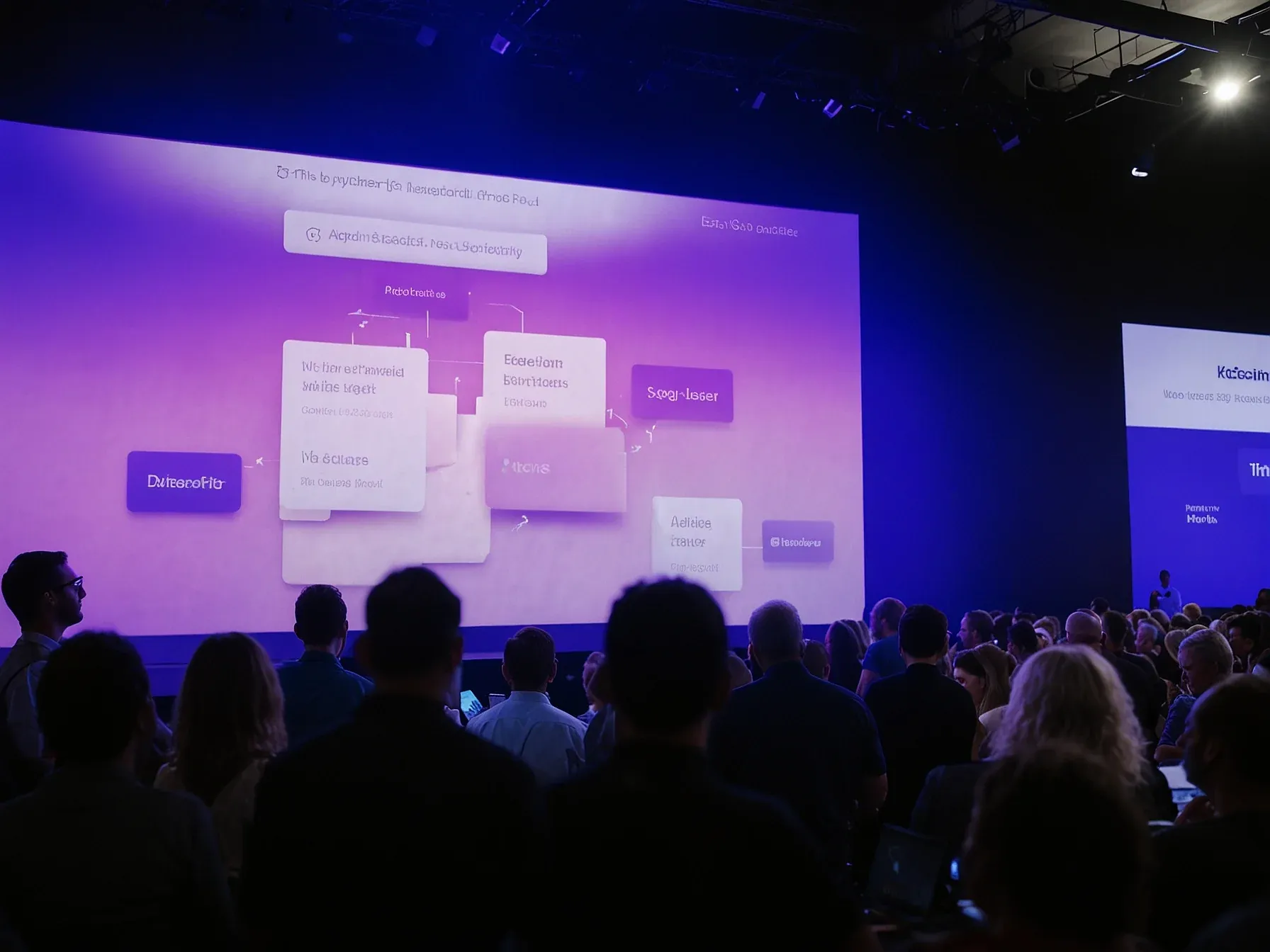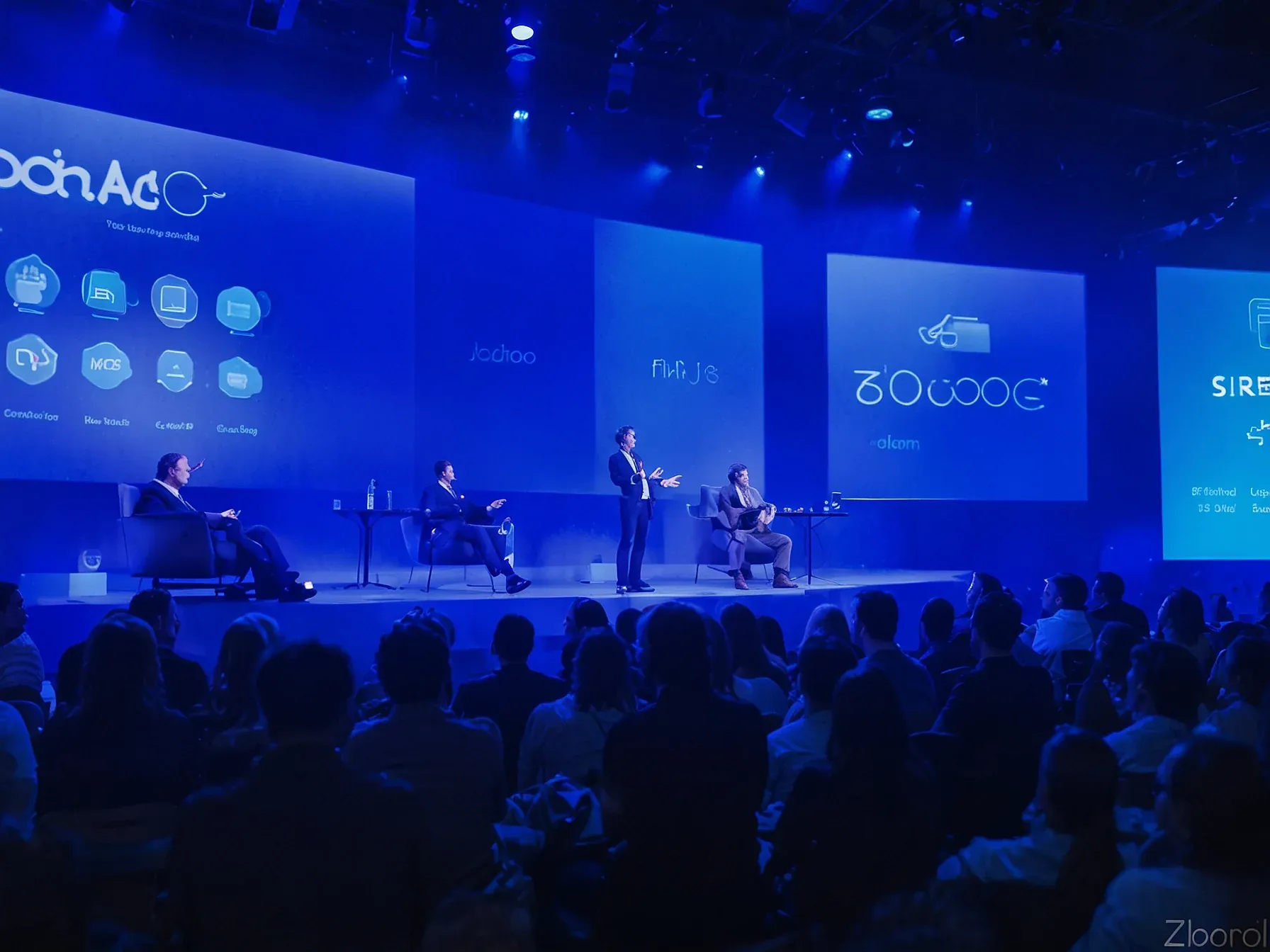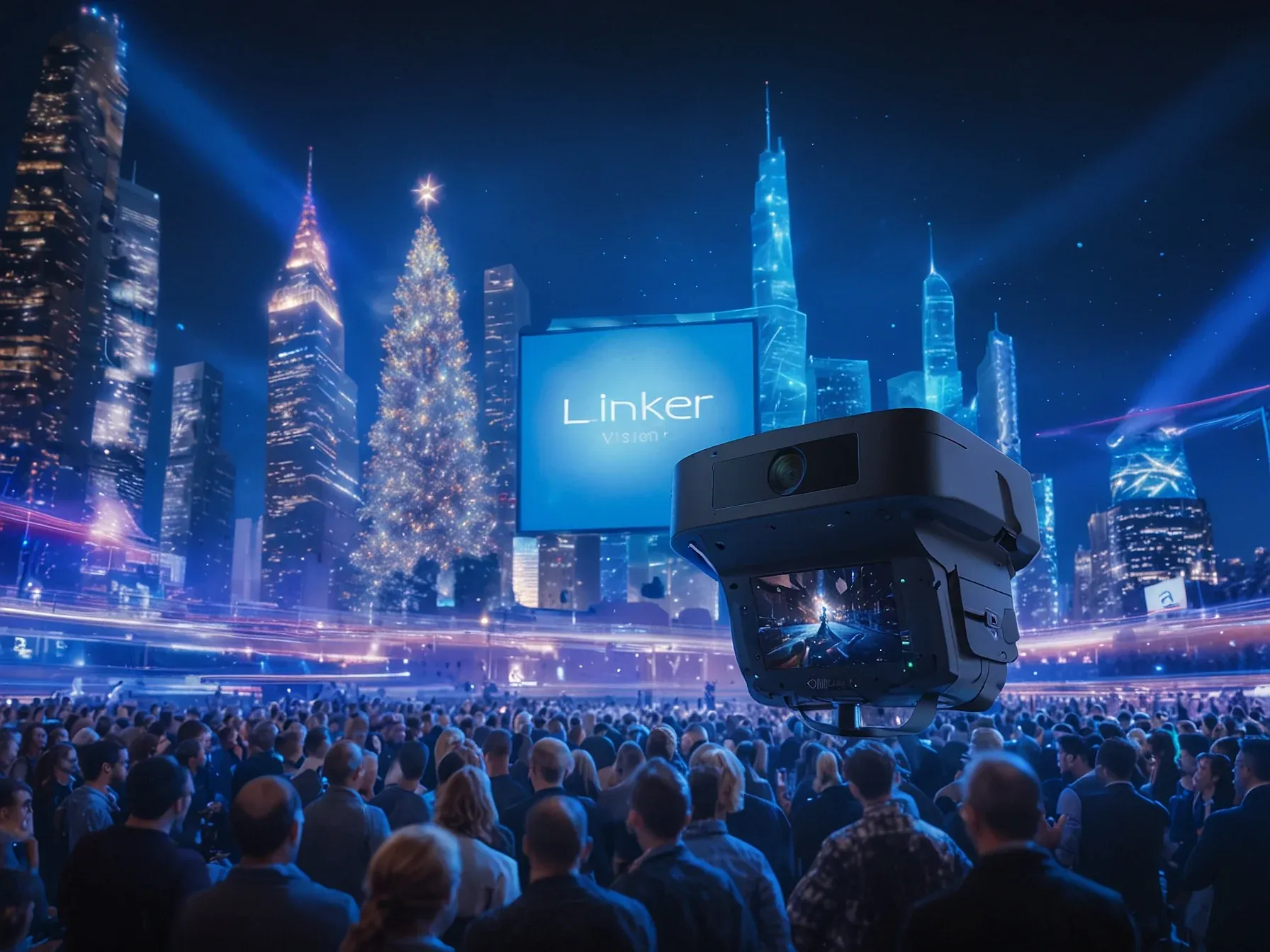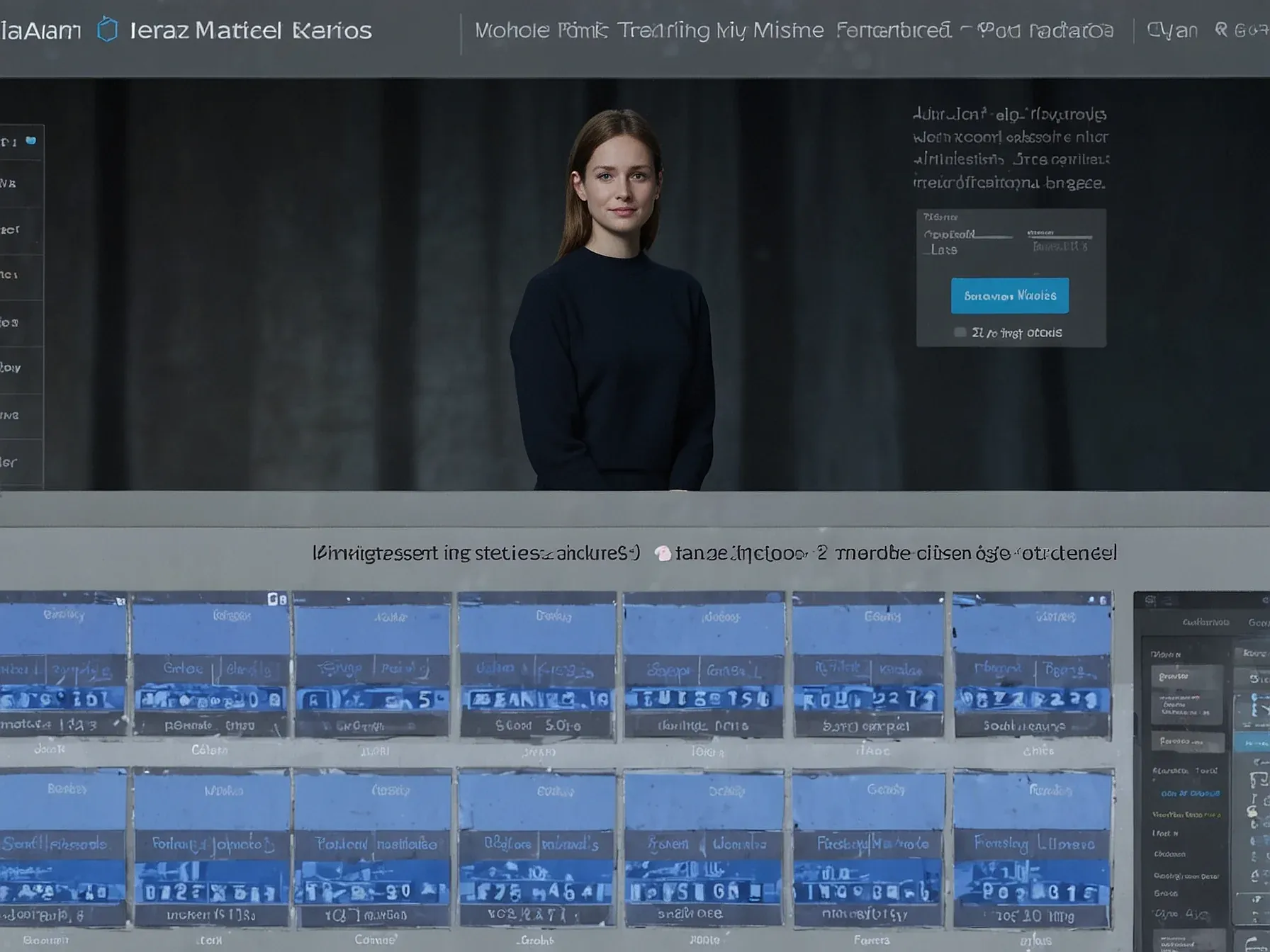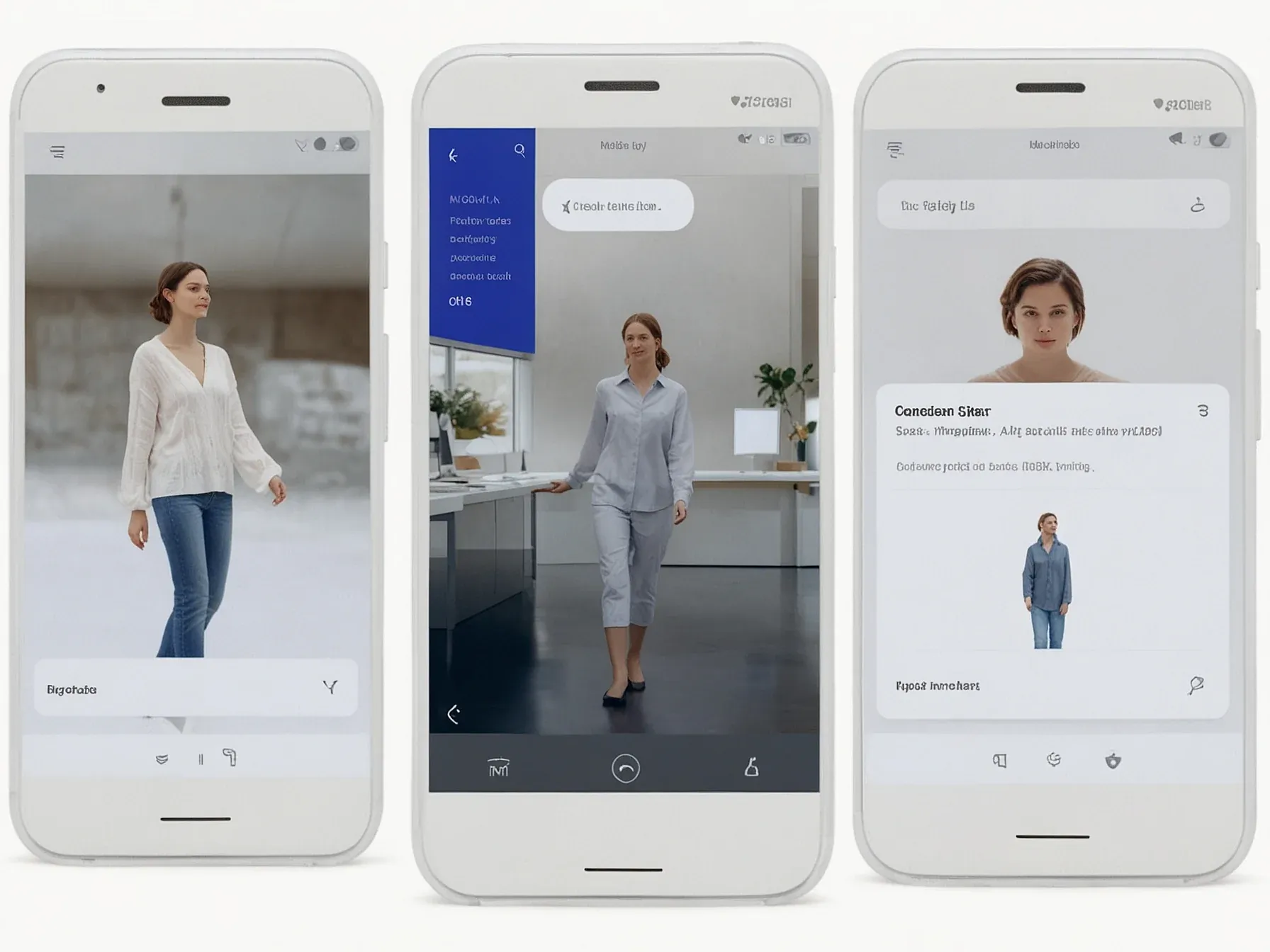
Google AI lets shoppers call stores, browse 50 B listings, get side‑by‑side charts
Google is rolling out a new shopping assistant that blends voice calls, visual browsing and instant data visualizations into a single interface. Imagine dialing a retailer, asking for “the best 4‑K TV under $800,” and instantly seeing a grid of product images, each linked to a live price. The service taps into the company’s massive catalog—roughly 50 billion items—so it can surface options that would otherwise require several clicks and pages of results.
While the tech is impressive, the real question is how useful the side‑by‑side comparisons will be for everyday shoppers who are used to scrolling through endless listings. Here’s the thing: the AI doesn’t just dump a list; it formats the answer based on what you asked, whether that means a direct chart comparing specs or a stream of visual cards for broader inspiration. Users can click into...
The AI-powered response pulls from Google's trove of 50 billion product listings and is tailored to the specific request: a side-by-side chart if the user is asking for comparisons of specific items, or a stream of product image cards if they're looking for general suggestions. Users can click into items, visit retailer sites, see historic pricing data, and track price changes all from AI Mode, and there will be sponsored listings (i.e., ads) in results. Google is also adding the shopping features to the Gemini app for US users.
AI tools will also be deployed for the shopping tasks that can be painfully human. Google is adding a so-called agentic AI feature called "Let Google Call" that users can direct to call local stores to ask about products, what's in stock, and whether there are sales or promotions. When the AI agent calls, it discloses to the store that it's an AI caller; merchants will be able to opt out if they don't want robots asking about sales.
Google’s new shopping AI stitches together three functions that have traditionally lived in separate apps: a voice‑driven call to a local retailer, a browse of billions of product listings, and an automated checkout. The system leans on a database of roughly 50 billion items, pulling up side‑by‑side charts when users request direct comparisons, or streaming image cards for broader suggestions. Users can tap those cards to dive deeper, though the article stops short of describing the subsequent steps.
It’s a bold integration, but whether shoppers will trust a machine to place calls and complete purchases on their behalf is still unclear. The technology promises convenience; the actual user experience may hinge on how accurately the AI interprets nuanced requests. Moreover, the article does not detail any safeguards against errors or mis‑orders, leaving that aspect ambiguous. As Google rolls this out, the balance between streamlined shopping and the need for human oversight will likely shape its practical impact.
Further Reading
- Google introduces Shop with AI Mode with price tracking, agentic checkout and virtual try-ons - TechCrunch
- Google is turning AI into a personal shopping assistant - Retail Dive
- Google's new AI Mode aims to reshape the shopping experience - eMarketer
- Google AI Shopping: Transforming Search into Purchase - BigCommerce Blog
- Google's Gemini AI gets into the holiday shopping spirit - Axios
Common Questions Answered
How does Google’s new shopping AI combine voice calls with product browsing?
The system lets users dial a retailer using a voice‑driven call, then instantly presents a visual grid of product images pulled from Google’s catalog. After the call, users can tap the image cards to explore details, visit retailer sites, and even track price changes—all within the same interface.
What role does the “50 billion product listings” database play in the AI‑powered response?
Google’s AI taps into its trove of roughly 50 billion items to surface relevant products for any query, whether it’s a specific price range or a broad category. This massive catalog enables the assistant to generate side‑by‑side comparison charts or streaming image cards that would otherwise require multiple searches.
How are side‑by‑side charts generated when a user asks for direct product comparisons?
When a request specifies a direct comparison—such as “best 4‑K TV under $800”—the AI extracts the relevant listings and automatically creates a side‑by‑side chart showing key specs, prices, and historic pricing data. The chart is displayed alongside image cards, allowing users to quickly evaluate differences without leaving the AI Mode.
What types of sponsored content appear in the AI Mode results and how are they indicated?
Sponsored listings, essentially ads from retailers, are interspersed with organic product cards in the AI Mode results. These paid placements are clearly labeled as sponsored, ensuring users can distinguish between algorithm‑generated suggestions and advertiser‑paid entries.
